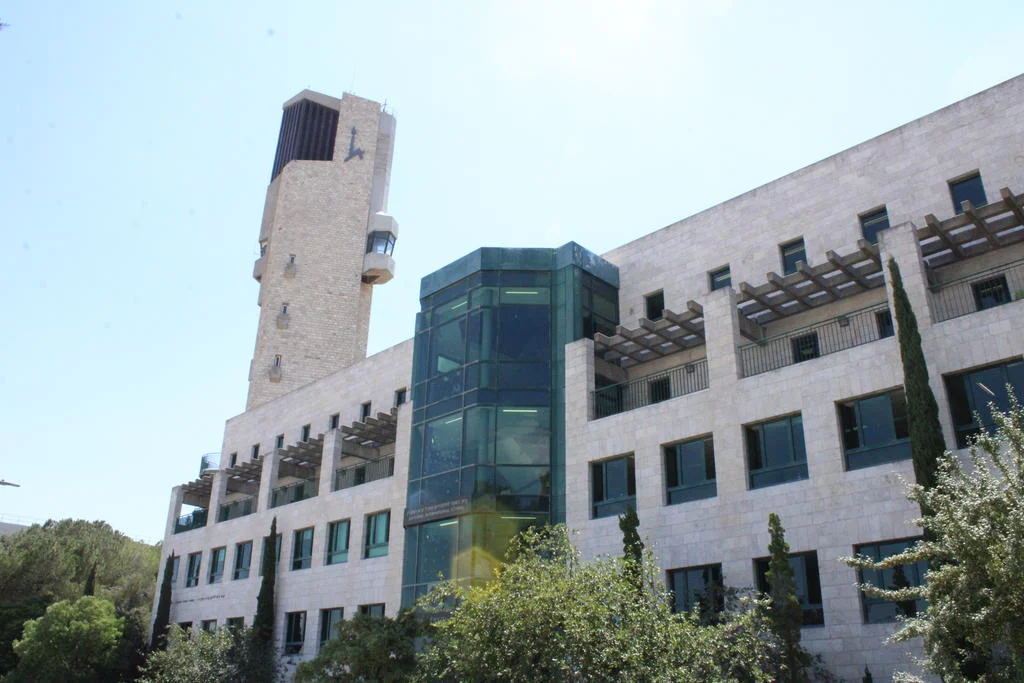In a discovery that could potentially inspire new sensory technologies and robotics, Israeli researchers found a species of bat that uses its tail to navigate backward in the dark, like a reverse walking cane allowing it to sense its surroundings and orient itself, according to The Press Service of Israel (TPS-IL).
In a study recently published in the peer-reviewed journal iScience, Tel Aviv University researchers found that this crawling skill in places where vision and echolocation are limited sets the Greater Mouse-Tailed Bat (Rhinopoma microphyllum) apart from other bat species.
Led by Sahar Hajyahia and Mor Taub from the lab of Professor Yossi Yovel at the university’s School of Zoology and the Sagol School of Neuroscience, the team observed the bats as they made their way through a vertical maze in darkness.
“During the study, the bats crawled up a vertical maze while moving backward as we recorded their movement using an advanced tracking system,” said Prof. Yovel. “The bats used their tails like a blind walking cane, swinging them from side to side to detect obstacles and climb more safely and efficiently.”
To test the tail’s role, researchers applied a local anesthetic to numb the tail. The result was a noticeable decrease in the bats’ climbing speed and efficiency. “When the tail was numbed, the climbing time increased by an average of 10%, and the bats made more lateral movements instead of moving upward, apparently trying to find their way,” Yovel explained.
The bats also showed an unexpected sensitivity to texture through their tails. They were able to distinguish between wooden grids with intervals of 1 cm and 1.5 cm, revealing a level of tactile precision previously unknown in bat species.
“In most bats, the tail is very short and integrated into the wing membrane,” Yovel noted. “In Rhinopoma, however, the tail remains long and free, and to the best of our knowledge, they are the only bats that use it to sense their immediate surroundings.”
The discovery opens the door to further research into sensory adaptation and may even influence future technology. “This is another example of how evolution adapts animals’ senses to meet specific needs,” Yovel said. “The findings could inspire the development of new sensory technologies inspired by nature, such as robotic navigation systems for complex environments.”
The study could have lead to the development of search-and-rescue robots that crawl backward through rubble, maintenance robots for pipelines and other confined infrastructure, and exploration rovers for cave systems where light and space are limited.
The study’s insights could potentially inform rear-sensing systems for autonomous vehicles or drones, particularly those operating in GPS-denied or low-visibility environments.



.webp)
















